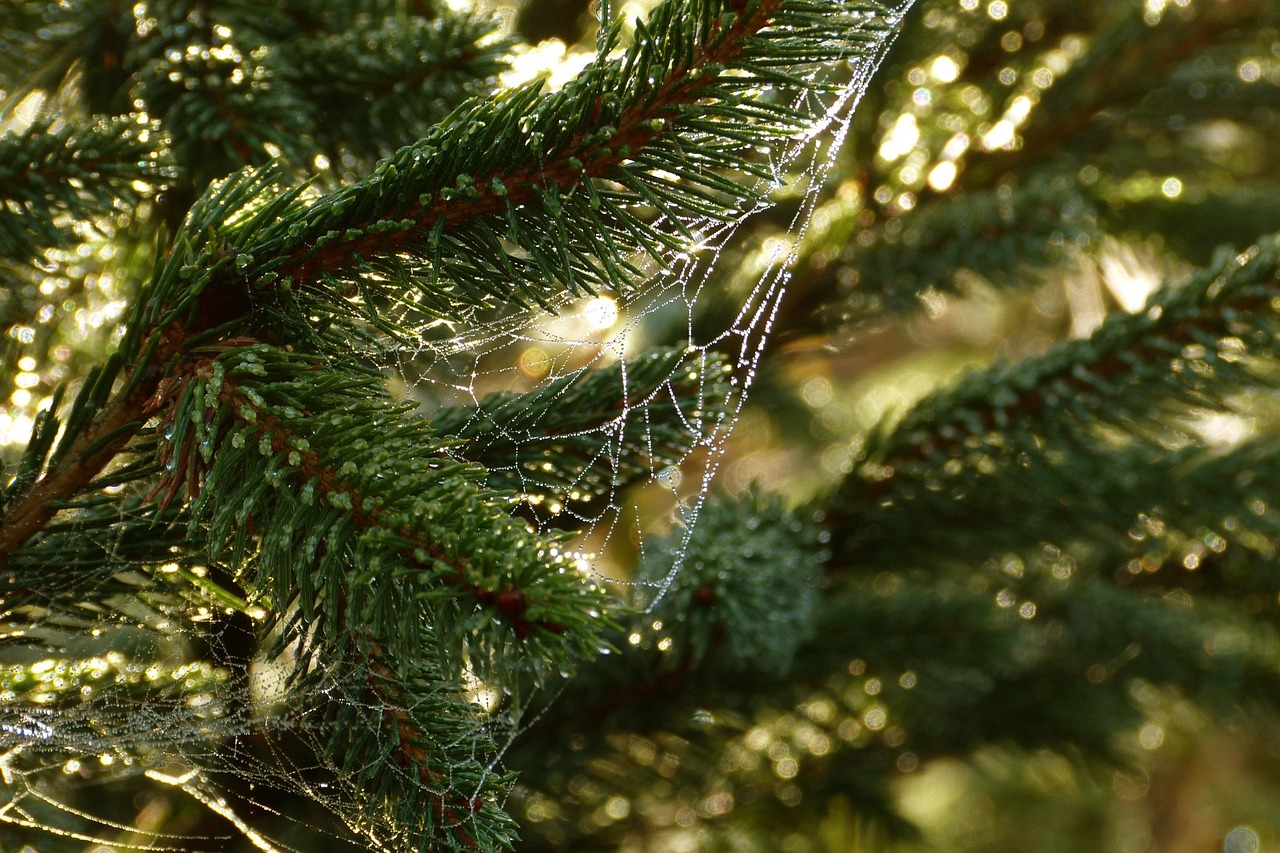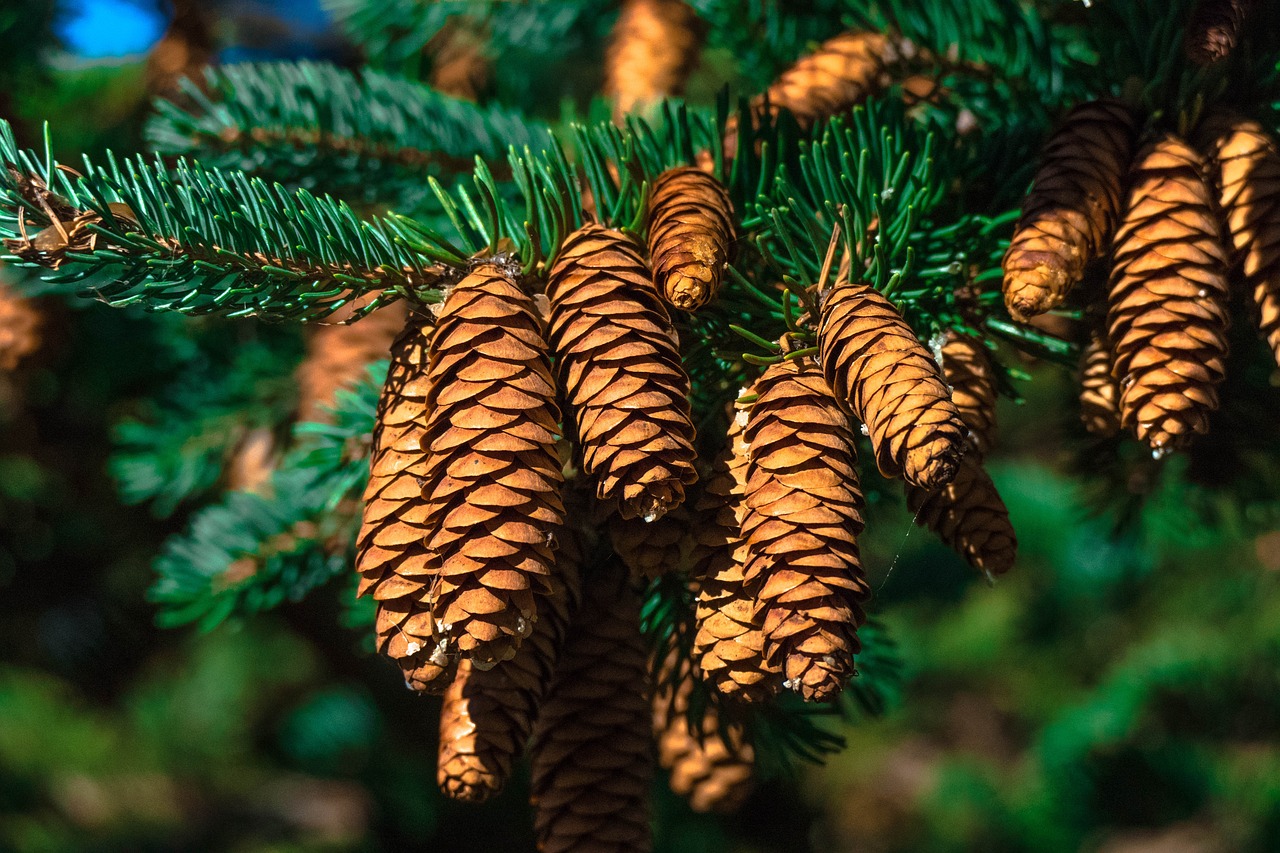Loblolly pine trees typically grow at a rate of 2 to 3 feet per year under optimal conditions, reaching heights of 70 to 100 feet when fully mature. This rapid growth makes them a preferred choice for timber production and reforestation efforts.
Introduction to Loblolly Pine

The Loblolly pine (Pinus taeda) is a prominent tree species found primarily in the southeastern United States. Known for its tall stature and straight trunk, it plays a significant role in the forestry industry. Its fast growth, adaptability, and value as timber make it a popular choice for landowners and foresters.
This tree thrives in a variety of soil types, particularly in moist, well-drained soils. It is commonly found in regions with a warm climate and receives ample rainfall throughout the year. As a result, the Loblolly pine has become a foundational species in reforestation projects and commercial forestry.
Understanding how fast these trees grow can help foresters and landowners make informed decisions regarding timber management and land use practices. This section will explore the growth patterns, environmental factors influencing growth, and the economic importance of Loblolly pines.
Growth Patterns of Loblolly Pine
Loblolly pines exhibit a unique growth pattern characterized by rapid height increase during their early years. Seedlings can grow up to 3 feet in height within their first year, depending on the conditions. However, growth rates can vary based on several factors, including soil quality, moisture availability, and competition from other vegetation.
The table below highlights key growth statistics for Loblolly pine trees:
| Age (years) | Height (feet) | Diameter (inches) |
|---|---|---|
| 1 | 3-5 | 0.5-1 |
| 5 | 20-25 | 6-10 |
| 10 | 40-50 | 10-14 |
| 20 | 70-80 | 14-20 |
The rapid growth of Loblolly pines makes them an essential component of many forest ecosystems. They provide habitat for wildlife and contribute to soil stability through their extensive root systems. Additionally, their ability to sequester carbon helps mitigate climate change effects.
Factors Influencing Growth Rate
Several environmental factors influence how quickly Loblolly pines grow. These include:
- Soil Quality: Nutrient-rich soils promote faster growth. Sandy loams are particularly favorable.
- Moisture Availability: Regular rainfall or irrigation supports optimal growth rates.
- Sunlight Exposure: Full sun is essential for maximizing photosynthesis and growth.
- Competition: Reduced competition from other plants can enhance growth potential.
Landowners interested in growing Loblolly pines should consider these factors carefully. By ensuring optimal conditions, they can maximize growth rates and improve the health of their forests.
This understanding of growth rates and influencing factors is critical for effective forest management practices. Whether for timber production or ecological restoration, knowing how fast Loblolly pines grow helps inform better decisions in managing these valuable trees.
Life Cycle of Loblolly Pine
The life cycle of the Loblolly pine is a fascinating journey that spans several stages, from seed germination to maturity. Understanding each phase is vital for effective management and cultivation of this species. The life cycle can be broken down into four main stages: seed, seedling, juvenile, and mature tree.
Seed Stage
The journey begins with the seed stage, which occurs in late summer to early fall. Loblolly pines produce cones that mature over time, releasing seeds when they are ready. Each cone can contain numerous seeds, which can remain viable for several years under the right conditions.
Key factors influencing seed germination include:
- Temperature: Seeds require warm temperatures, typically between 70°F and 85°F, for optimal germination.
- Moisture: Adequate soil moisture is essential for triggering the germination process.
- Light: Some light is required for successful germination, making shallow planting ideal.
Seedling Stage
Once the seeds germinate, they develop into seedlings. This stage lasts for about 1 to 3 years, during which young Loblolly pines grow rapidly. Seedlings are highly vulnerable to environmental stressors, such as drought and competition from weeds.
During this stage, it is crucial to provide protective measures to enhance survival rates. These measures may include:
- Weed control to minimize competition for resources.
- Mulching to retain moisture and regulate soil temperature.
- Regular watering during dry spells.
Juvenile Stage
The juvenile stage typically occurs from ages 3 to 20. During this period, Loblolly pines begin to exhibit significant height growth, often reaching 20 to 30 feet within the first decade. The trees develop thicker trunks and a more extensive root system, allowing them to absorb nutrients and water more efficiently.
This stage is crucial for establishing a strong foundation for future growth. Factors that continue to influence growth include:
- Pest Management: Monitoring for pests like bark beetles can help protect young trees.
- Nutrient Management: Fertilization may be necessary to ensure sufficient nutrients are available.
Mature Tree Stage
The final stage is maturity, which occurs around 20 years and can last for several decades. Mature Loblolly pines can reach heights of 70 to 100 feet and have a diameter of up to 30 inches. At this point, they become valuable for timber production due to their straight trunks and high wood quality.
Mature trees provide numerous ecological benefits, including:
- Habitat: They serve as habitats for various wildlife species.
- Carbon Sequestration: Mature trees absorb significant amounts of carbon dioxide, aiding in climate regulation.
- Erosion Control: Their extensive root systems help stabilize soil and prevent erosion.
Environmental Conditions Favoring Growth
Certain environmental conditions play a crucial role in determining the growth rate of Loblolly pines. Understanding these conditions can help landowners optimize their growth potential.
Climate
Loblolly pines thrive in a humid subtropical climate. They require warm summers and mild winters. An average annual rainfall of 40 to 60 inches is ideal for promoting healthy growth. Extreme cold weather can damage young trees, making them susceptible to disease and pests.
Soil Types
The type of soil also significantly affects the growth of Loblolly pines. They prefer:
- Sandy Loam: This soil type offers excellent drainage while retaining moisture.
- Clayey Soils: While not ideal, they can support Loblolly pines if managed properly with amendments.
Thus, understanding the life cycle stages and environmental preferences of Loblolly pines is essential for effective management and cultivation strategies. As these trees mature, they contribute valuable ecological and economic benefits.
Management Practices for Loblolly Pine
Effective management practices are essential for maximizing the growth and health of Loblolly pines. These practices can significantly influence their productivity, longevity, and overall health. Landowners and foresters can implement several strategies to ensure optimal growth and sustainability of Loblolly pine forests.

Site Preparation
Before planting Loblolly pines, proper site preparation is crucial. This process involves clearing the area of competing vegetation and preparing the soil to create an ideal environment for growth. Effective site preparation includes:
- Clearing Debris: Removing brush, stumps, and other debris can help reduce competition for young trees.
- Tilling the Soil: Tilling can improve soil aeration and enhance water infiltration.
- Soil Testing: Conducting soil tests can determine nutrient levels and pH, guiding necessary amendments.
Planting Techniques
The method of planting can greatly affect the establishment and growth of Loblolly pines. Considerations include:
- Timing: The best time to plant is in the spring or fall when temperatures are moderate.
- Spacing: Adequate spacing between trees (typically 8 to 10 feet apart) allows for optimal growth and reduces competition.
- Depth: Planting at the correct depth is vital. The root collar should be level with the soil surface to avoid rot.
Nutrient Management
Nutrient management is a key factor in promoting vigorous growth in Loblolly pines. Regular fertilization practices can enhance tree health. Important considerations include:
- Fertilizer Type: Use a balanced fertilizer that provides nitrogen, phosphorus, and potassium to stimulate growth.
- Application Timing: Fertilizers should be applied during the growing season, ideally in late spring or early summer.
- Rate of Application: Follow recommended application rates based on soil test results to prevent over-fertilization.
Pest and Disease Management

Loblolly pines are susceptible to various pests and diseases that can hinder their growth. Implementing integrated pest management (IPM) strategies can help mitigate these risks.
Common Pests
Several pests can affect Loblolly pines, including:
- Bark Beetles: These insects can bore into the tree bark, disrupting nutrient flow.
- Pine Tip Moths: They target the new growth and can stunt overall tree development.
- Defoliators: Insects such as caterpillars can strip leaves, reducing photosynthesis.
Regular monitoring for signs of pest activity is crucial. Early detection allows for timely intervention, which may include the use of insecticides or biological controls.
Disease Management
Diseases like root rot and fusiform rust can severely impact Loblolly pine health. To manage these issues, consider the following strategies:
- Proper Spacing: Ensuring adequate spacing between trees improves air circulation and reduces disease incidence.
- Resistant Varieties: Select disease-resistant seedlings when planting to minimize risk.
- Cultural Practices: Maintaining healthy soil through proper watering and fertilization can help prevent diseases.
Harvesting Loblolly Pine
When Loblolly pines reach maturity, they become valuable timber resources. Understanding the best practices for harvesting is essential to maximize yield while ensuring sustainability.
Timing of Harvest
The optimal time for harvesting depends on the intended use of the timber. Generally, Loblolly pines are ready for harvest between 25 to 30 years of age. Factors influencing harvest timing include:
- Market Demand: Monitoring timber prices helps determine the best time for sale.
- Tree Health: Harvesting healthy trees at peak maturity ensures high-quality timber.
Sustainable Practices
Sustainable harvesting practices ensure continued growth and health of Loblolly pine forests. Techniques include:
- Selective Cutting: Removing only certain trees promotes regeneration and maintains forest structure.
- Replanting: Replanting Loblolly pines after harvest helps maintain forest cover and biodiversity.
Implementing these management practices will help landowners cultivate healthy Loblolly pine forests while maximizing their economic returns. Understanding each aspect of cultivation contributes to sustainable forestry practices that benefit both the environment and the economy.
Economic Importance of Loblolly Pine
The economic significance of Loblolly pine cannot be overstated. As one of the most commercially important tree species in the southeastern United States, it contributes substantially to the forestry industry. The wood from Loblolly pines is highly valued for numerous applications, including:
- Timber Production: Loblolly pine is a primary source of timber used for construction, furniture, and paper products.
- Pulpwood: The wood is also processed into pulp for making paper and other cellulose products.
- Bioenergy: Biomass from Loblolly pine can be utilized for renewable energy generation, contributing to sustainable energy solutions.
With the rising demand for sustainable and renewable materials, the importance of Loblolly pine in the economy will likely continue to grow. Its fast growth rate and adaptability make it a preferred species for timberland investments.
Environmental Benefits of Loblolly Pine Forests
Loblolly pine forests provide numerous environmental benefits that extend beyond timber production. The ecological contributions of these forests include:
- Carbon Sequestration: Loblolly pines play a crucial role in mitigating climate change by absorbing carbon dioxide from the atmosphere.
- Biodiversity Support: These forests serve as habitats for a variety of wildlife species, including birds, mammals, and insects.
- Soil Erosion Prevention: The extensive root systems of Loblolly pines help stabilize soil, reducing erosion and protecting water quality in nearby streams and rivers.
By maintaining healthy Loblolly pine ecosystems, landowners can contribute to environmental conservation while simultaneously benefiting economically from timber production. Sustainable forestry practices ensure that future generations can enjoy these benefits.
Challenges Facing Loblolly Pine Management

Despite their many advantages, managing Loblolly pine forests comes with challenges. These challenges include:
- Pests and Diseases: As mentioned previously, various pests and diseases can threaten the health of Loblolly pines, requiring ongoing management efforts.
- Climate Change: Changes in climate patterns can affect growth rates and increase the vulnerability of Loblolly pines to stressors such as drought and extreme weather.
- Market Fluctuations: Timber prices can be volatile, impacting the economic viability of Loblolly pine plantations.
Landowners must stay informed about these challenges and adopt adaptive management strategies that can help mitigate their impacts while ensuring sustainable growth and productivity.
Final Thoughts
Loblolly pine trees represent a remarkable blend of rapid growth, economic value, and ecological significance. With a growth rate of 2 to 3 feet per year under ideal conditions, these trees provide essential timber resources and environmental benefits. Understanding their life cycle, cultivation practices, and management strategies is vital for landowners seeking to maximize their investment while promoting sustainability.
The interplay between effective management practices and environmental stewardship ensures that Loblolly pine forests remain a valuable asset for future generations. By implementing sustainable harvesting techniques, managing pests and diseases proactively, and considering the broader ecological impacts, landowners can cultivate thriving forests that benefit both the economy and the environment.
As interest in sustainable forestry continues to rise, the role of Loblolly pine will likely expand, reinforcing its status as an invaluable component of both regional economies and ecosystems. Through careful management and a commitment to sustainability, we can ensure that these majestic trees continue to thrive for years to come.
